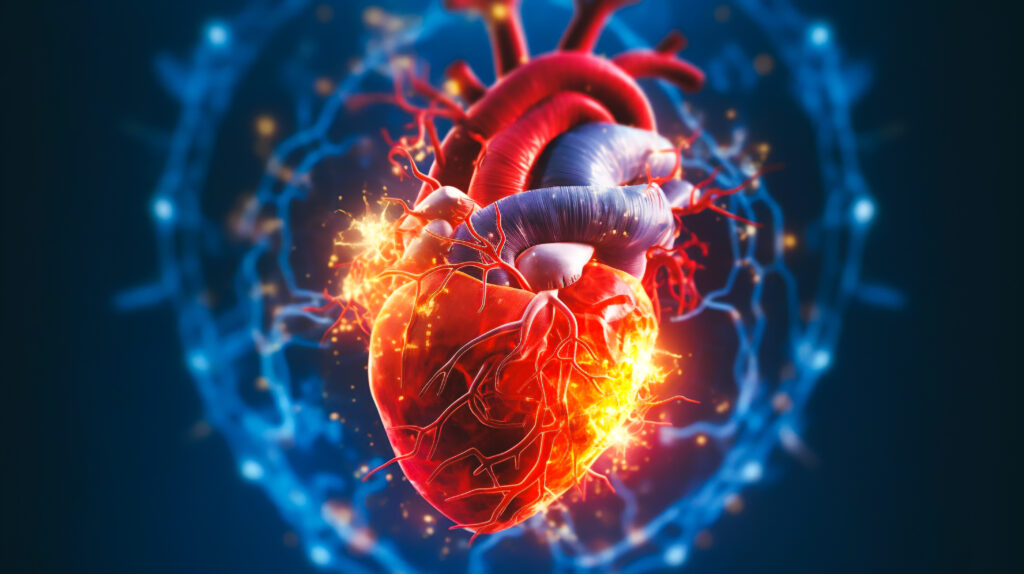Background: It is assumed that resynchronisation of the ventricles in patients with heart failure and left bundle branch block (LBBB) delivers the most benefit in biventricular pacing (BVP). Because cardiac resynchronisation therapy (CRT) with BVP both shortens atrioventricular delay and reduces ventricular dyssynchrony, it is difficult to isolate their individual impact.
Objectives: In this invasive study, using His bundle pacing to shorten atrioventricular delay without correcting LBBB, we aimed to isolate the contributions of atrioventricular delay shortening versus ventricular resynchronisation.
Methods: Nineteen patients with LBBB referred for cardiac resynchronisation therapy were recruited. To assess the atrioventricular delay, only patients in sinus rhythm on the day of the procedure were included in the study. Using high precision, beat-by-beat assessment of acute systolic blood pressure, we performed a within-patient comparison of the haemodynamic effects of (i) BVP (which both shortens atrioventricular delay and reduces QRS duration), (ii) His bundle pacing with preservation of LBBB (which only shortens atrioventricular delay), and (iii) right ventricular apical pacing.
Results: BVP improved systolic blood pressure (+7.1 mmHg vs intrinsic conduction, 95% CI +3.6 to +10.7; p<0.001, n=16) (Figure 1). Atrioventricular delay optimization without correction of LBBB also improved systolic blood pressure (+5.1 mmHg, 95%CI +2.0 to +8.2; p=0.0026, n=19), which was two-thirds of the effect size of BVP. In contrast, right ventricular apical pacing did not (+1.2 mmHg, 95%CI -0.8 to +3.1; p=0.206, n=10).
Conclusion: This study demonstrated that the main mechanism of haemodynamic benefit in BVP appears to be shortening of atrioventricular delay, rather than resynchronisation of ventricles. This will allow exploration of additional pacing modalities other than conventional BVP, in delivering the most clinical benefit of CRT, even if they do not correct LBBB. ❑
















